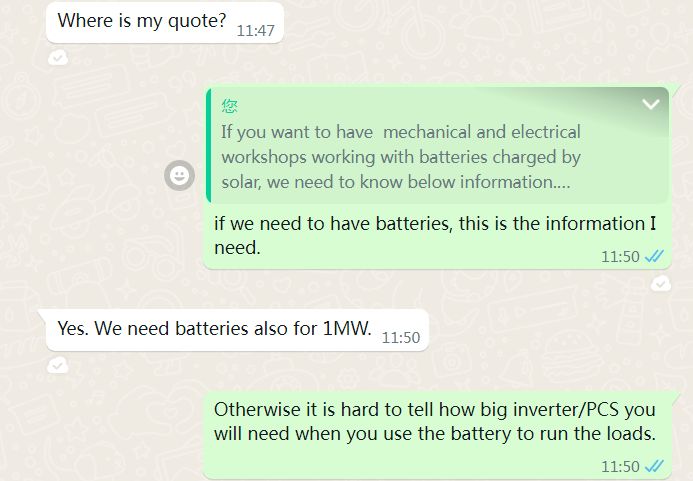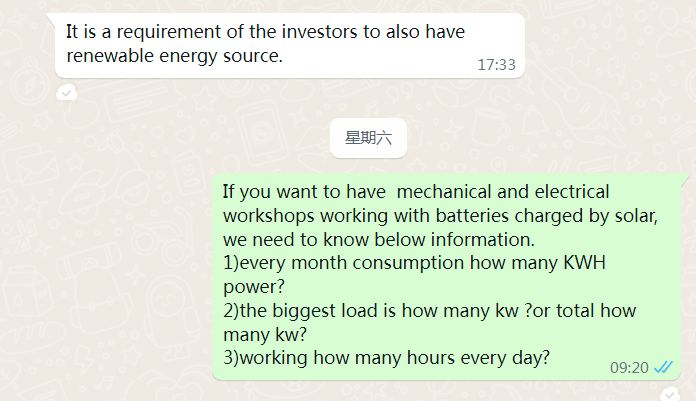Top 10 Solar Project Solution Factory In China


Knowing the load conditions is crucial for configuring a solar energy system, which is mainly reflected in the following aspects:
The size and characteristics of the load (such as DC load or AC load, operating voltage, rated power, etc.) directly affect the design and configuration of the solar energy system.
The power size of the load determines the number and specifications of the required solar panels to avoid overloading the panels or excess power.
By understanding the working mode of the load (such as daytime use, nighttime use, or continuous use day and night), the capacity of solar panels and batteries can be reasonably configured to maximize the use of solar energy and improve the overall efficiency of the system.
The power characteristics of the load (such as impact load or non-impact load) also need to be considered, because some loads may generate large impact currents when starting, and a reasonable margin needs to be left when the system is designed.
3.Improve system reliability:
Knowing the load conditions helps determine the redundancy and reliability requirements of the system, ensuring that the system can still operate stably under load changes or special circumstances.
For loads that are only used during the day, they can be directly powered by photovoltaic panels, reducing the configuration of batteries and reducing costs.
Reasonably configuring the system according to the load conditions can reduce unnecessary investment and waste and improve the cost performance of the system.
For example, by optimizing the azimuth and tilt angles of the solar cell modules, the power generation of the solar system can be maximized while reducing the capacity of the battery, thereby reducing the system cost.
5.Ensure system applicability:
Different loads may have different requirements for the system. For example, some loads may require stable voltage output, while some loads may pay more attention to the overall life and stability of the system.
Understanding the specific requirements of the load can help choose the most suitable solar system configuration and components.
In summary, knowing the load conditions is one of the key steps in configuring a solar system. By deeply understanding the size, characteristics, working mode, and power consumption characteristics of the load, the matching, efficiency, reliability, cost-effectiveness, and applicability of the solar system can be ensured, thereby achieving optimal energy utilization and economic benefits.
If you also have solar system inquiry, welcome to contact Tanfon Solar team for a suitable design and quote.
